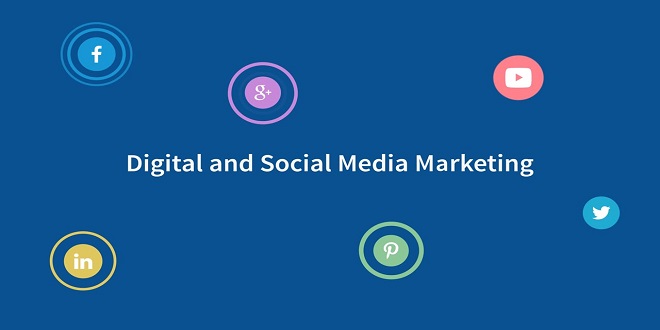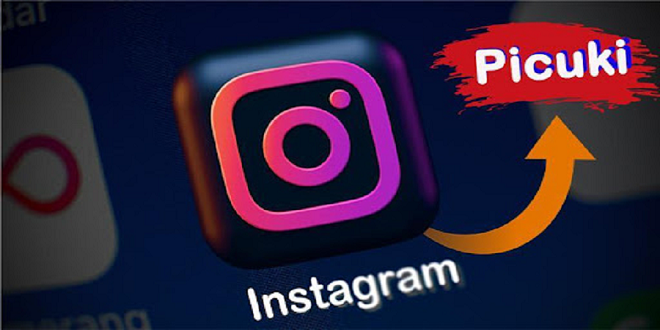5 Social Media Marketing Strategies for Non

Social media marketing is becoming more important for non-profits to attract and retain new followers. Some non-profits may not be able to hire for the jobs required to keep a professional social media presence. They will need to find alternative communication methods. This is where social media marketing can be a huge help. “Effective social marketing is key to success for non-profit organizations.”
Non-profits need to use different platforms to reach their target audiences. Non-profits have many opportunities to use social networking sites such as Instagram, Twitter, and Facebook to raise awareness and encourage engagement. There are some things every non-profit should keep in mind when using these social media channels.
Although social media is a powerful tool for any company, it is crucial to ensure that you adhere to the laws. Social media marketing can cause damage to your reputation and image. We will be sharing five tips that will help you to avoid becoming one of those companies that could have done without social media.
Read Also: Masstamilan
1. Google Alerts
Google Alerts is a tool that non-profits can use to track keywords they are interested in monitoring. When keywords are mentioned in newsfeeds or blogs, they can get an email notification.
This tool can be used by non-profits to monitor what people say about their cause, organization, or events. Google alerts can be used to protect the reputation and organization from threats.
2. Social Media Monitor
Groupon’s Social Media Monitor online tool allows non-profits create a schedule to monitor tweets, Facebook posts and blogs as well as articles, newsfeeds, and other social media. You can then see which content is most shared on social media, and take appropriate action. Non-profits are able to quickly identify which news stories have been shared so that they can respond accordingly.
3. Social Media Dashboard
Non-profits use social media dashboards to track their social media accounts and see their status in real time. The dashboards display a graph showing the number of followers, relevant statistics, and how often the post was shared and viewed.
This dashboard can be used by non-profits to assess the effectiveness of social media posts and adjust as needed throughout the day.
4. Podcasts and Social Media
The Audio Cloud platform allows non-profit organizations to record and share podcasts with their target market via social media. It allows them to connect one-on-one and with potential donors and supporters. This platform allows them to share podcasts, interviews and any audio they create in real time. Non-profits can “build trust with their audience by sharing relevant and useful content.”
Pinterest is a social media platform that allows users to create and manage boards on various topics. Clicking on the “Pin It” button on the website will give users information to “pin”. This will display the pin on the board for other users to see (e.g., supporters of non-profits).
The platform functions as a book, where users can read the content of other users. Users can subscribe to boards and get notifications about new posts on the boards that interest them.
Twitter is a social media platform where followers can send messages to one another using their Twitter accounts. Non-profits can use this tool to monitor important news and events that affect their cause or organization.
Non-profits have the option to choose how many social media handles they use, depending on what their objectives and strategies are for social media marketing.
5. Blogging
Blogging is the next way to make use of social media. They blog about their cause and the connections it has with their communities. They can also make online petitions to request money for their cause. To receive donations from others, verify that a non-profit organization is registered.
Social networking sites are essential for non-profits to promote their cause. Non-profits need to be able get people to donate money or something of value like volunteer time or support. Then they can take care of the rest of the funds or anything else that is of value to the cause.
Feel Free to Read More: Isaimini
Conclusion
Social media marketing doesn’t have to be all about money. Positive feedback and comments about the organization and its cause should be encouraged. Non-profits can use social media to connect with people who care about the cause. This can encourage them to donate.
Read More: Naasongs
The Higgs Domino Rp event brings excitement to fans. The Live from the Arena: The Showdown Experience immerses viewers in the action. Atmosphere and audience interaction add to the thrill. Broadcasting the event ensures everyone can enjoy the show.




